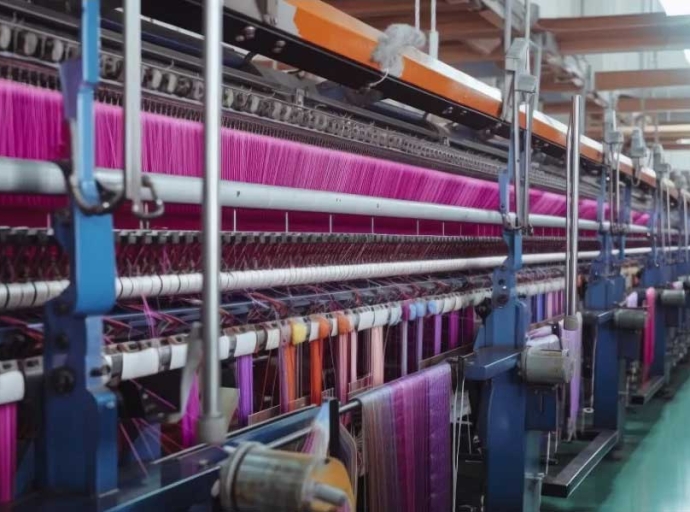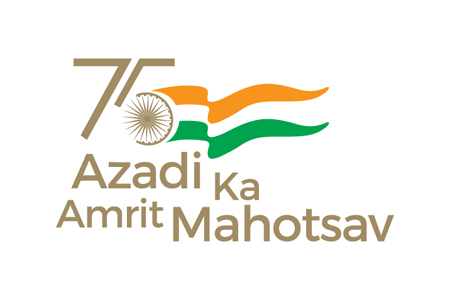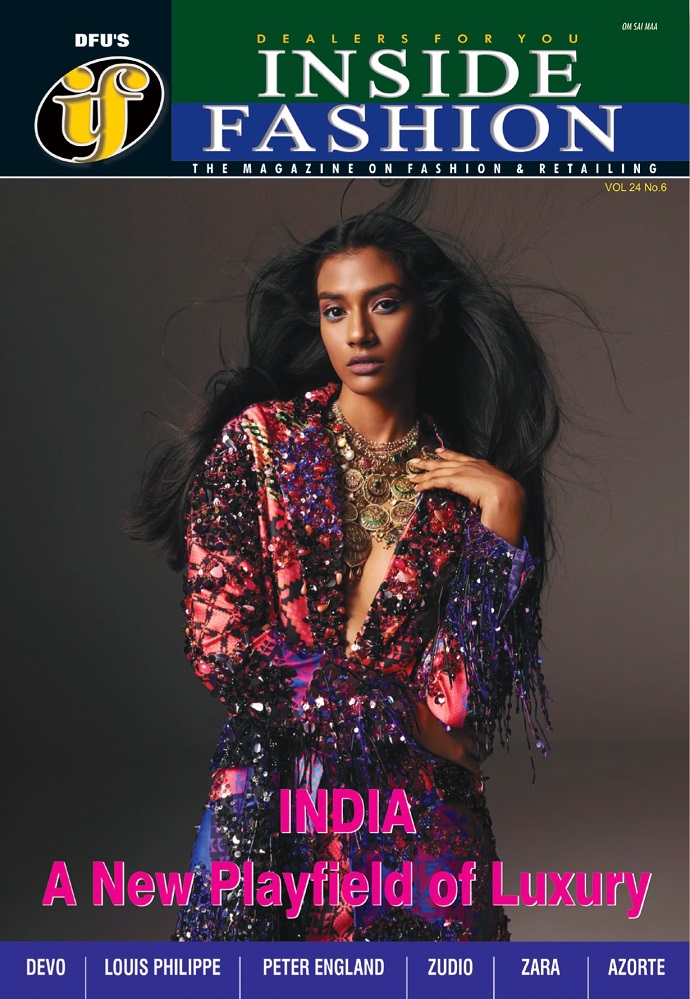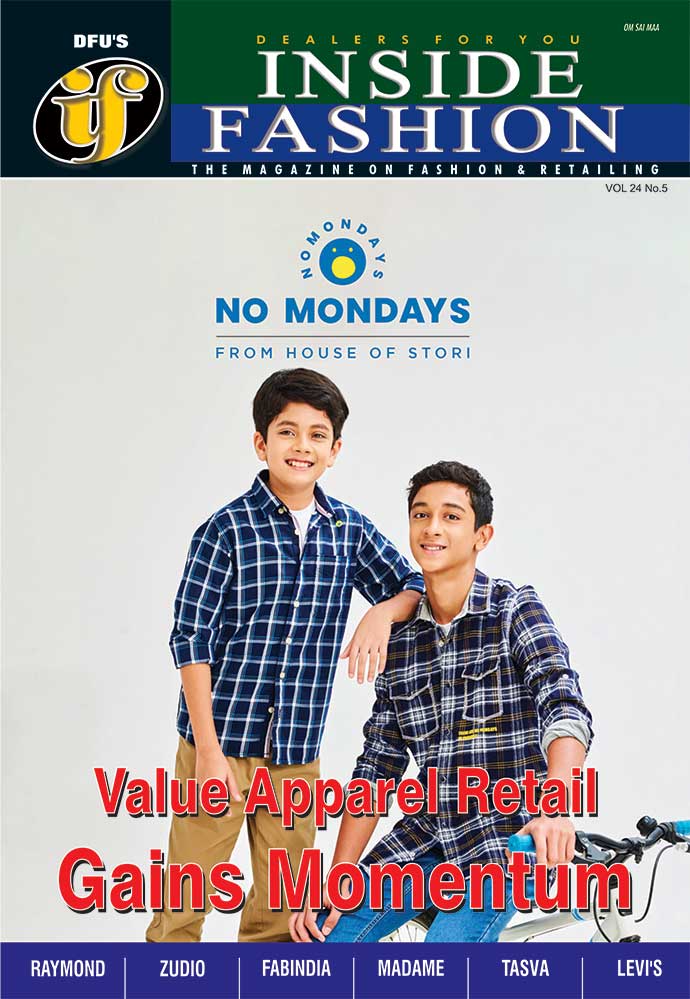India’s menswear market a $34 billion opportunity for brands

Earlier restricted to staple products like jeans and polo shirts, Indian menswear market is currently bigger than women’s wear says a Vogue Business report. It’s estimated at $26 billion and forms 46 per cent of overall apparel sales. According to the Italian Trade Agency, if the market successfully navigates various challenges of local tastes, poor infrastructure and a growing and fast-changing digital landscape, it has the potential to touch $34 billion by 2025.
Menswear market is currently being driven by Indian men’s increasing awareness about their appearance, says Darshan Mehta, President and CEO, Reliance Brands. Men are becoming increasingly aware of new grooming styles, and are also paying more attention to their health, he adds. Indian men typically prefer three types of clothes: polos, linens and denim. All three categories offer a huge scope for brand development, Mehta explains.
Understanding customers’ preferences
To tap on growing opportunities, brands need to first understand consumers’ tastes and preferences. Indian men traditionally prefer tailored or made-to-measure clothes, one reason behind luxury leisurewear brand Zegna’s growing popularity. Indian menswear market is also seeing the emergence of new partnerships like the recent tie-up Aditya Birla Fashion and Retail with leading Indian designer Tarun Tahiliani. As a part of this collaboration, ABFRL has bought 33 per cent stake in Tahiliani’s demi-couture focused business for Rs 67 crore. It has also created a new subsidiary to focus on affordable menswear. This will not only increase Tahiliani’s business to Rs 500 crore but also help him set up over 250 stores across India.
Westernwear to dominate
Menswear in India offers varied choices ranging from Western formalwear and casualwear to ethnic wear. However, there is not much difference between western and Indian clothes, says Shantanu, Marketing Director, Uniqlo India. An ITA research estimates the Western wear market will grow from 69 per cent in 2020 to 72 per cent by 2025, while ethnic wear will decline from 31 per cent to 28 per cent over the same period.
Yet, international brands should not ignore the ethincwear category, advice experts. Italian men’s luxurywear brand Canal revamps its Nawab jacket every season with new fabrics and colors. Other menswear brands, such as Giorgio Armani, have also launched their own versions of ethnic garments. Mehta urges these brands to also tap Indian men’s kurta and wedding wear market.
Having one of the largest footprints with six stores in India, Canali recently expanded its digital operations. The brand’s products are now available across all Tier II cities. This gives it an opportunity to explore the potential in these cities, says Stefano Canali, Group President and CEO.
The ITA report estimates menswear to account for 60 per cent of online Western wear market in India. Mehta advises new entrants to embrace the opportunities and effectively tackle growing competition.
Latest Publications

































